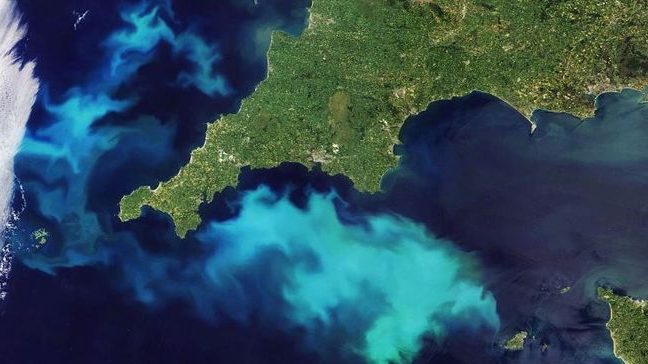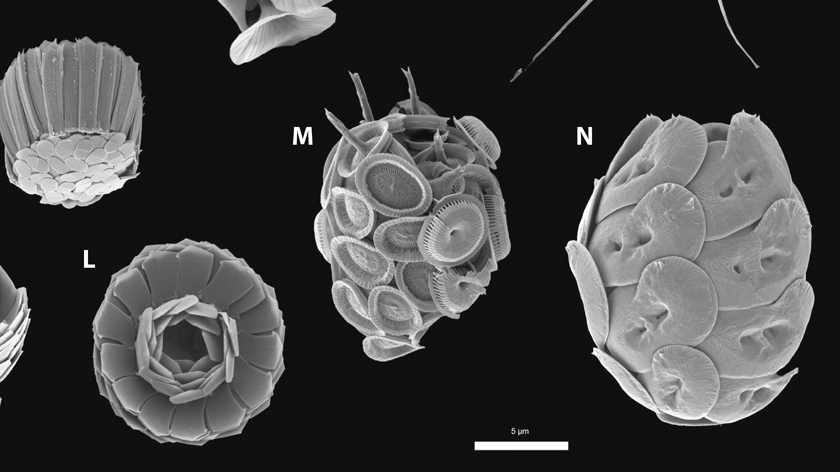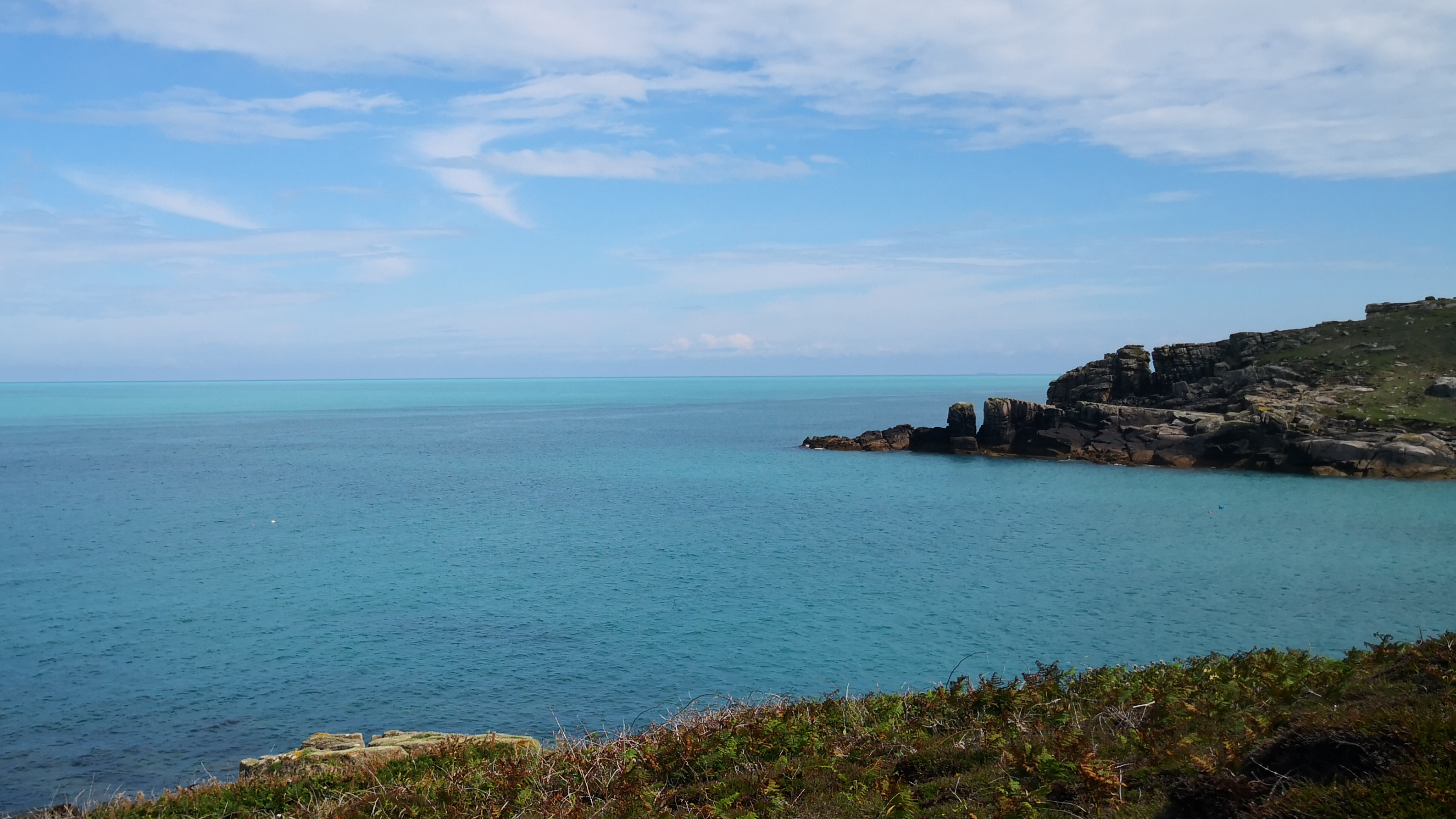
Scientists and researchers across the South-West have recorded incredible satellite images of a plankton bloom near the Isle of Scilly that was visible from space. /NASA Space Observatory
Scientists and researchers across the South-West have recorded incredible satellite images of a plankton bloom near the Isle of Scilly that was visible from space. /NASA Space Observatory
Thousands of holidaymakers have flocked to UK beaches in recent weeks and those who visited Cornwall may have witnessed a stunning display of natural beauty.
Scientists and researchers across the South-West have recorded incredible images of a plankton bloom near the Isle of Scilly, by using multiple satellites that orbit the earth.
Images taken over a five-day period from 16-22 June show how the sea turned into a tropical shade of blue so bright that it was even visible from space.
The phenomenon is the result of millions if not billions of microscopic algae rising to the surface, with the blazing sun helping to give the ocean surface an otherworldly appearance.
These algae, known as coccolithophore, are some of the most common and important organisms in the world and are present in all of the world's oceans.

Coccolithophores are covered in complex scales called coccoliths, which help to remove carbon dioxide from the atmosphere./BareFoot Photographer | Isles of Scilly Wildlife Trust
Coccolithophores are covered in complex scales called coccoliths, which help to remove carbon dioxide from the atmosphere./BareFoot Photographer | Isles of Scilly Wildlife Trust
Coccolithophores absorb light and convert it into energy which is available for other animals to use. They are also covered in complex scales called coccoliths, which help to remove carbon dioxide from the atmosphere.
Adam Lewis, a research phycologist and Team Leader at the Centre for Environment Fisheries and Aquaculture Science (CEFAS), explained how the bloom occurs.
"Coccolithophores can cause enormous blooms, covering large areas and turning the seawater a light blue or milky colour (like witnessed in Scilly), he wrote in a blog for the Isle of Scilly Wildlife Trust.
"Coccolithophore blooms also make the surface of the sea more reflective, this is because of the calcite crystals in the scales that cover the cells.
"When these blooms finish the Coccolithophores sink to the bottom of the ocean taking the carbon and calcium they fixed at the surface with them."

The phenomenon is the result of millions if not billions of microscopic algae rising to the surface. /BareFoot Photographer | Isles of Scilly Wildlife Trust
The phenomenon is the result of millions if not billions of microscopic algae rising to the surface. /BareFoot Photographer | Isles of Scilly Wildlife Trust
In the case of this bloom, using multiple satellites meant the team could create spectacular images that showed exactly where the bloom was.
- Plymouth Marine Laboratory Communications Officer, Bridie Kennerley, on how the bloom was captured.
According to researchers at Plymouth Marine Laboratory (PML), the bloom may have been the biggest ever recorded in the channel.
But they're notoriously difficult for holidaymakers to capture, as they typically rise to the surface and then disappear down to the bottom of the ocean within a matter of days.
However, experts are able to capture the natural wonder in microscopic detail. PML communications officer, Bridie Kennerley, explained the process.
She said: "The team process data from some of the many satellites circling the earth to find out key information.
"Some of these satellites provide frequent (daily) images at lower resolution, while others provide images less frequently (every three to four days) but with a much higher resolution.
"In the case of this bloom, using multiple satellites meant the team could create spectacular images that showed exactly where the bloom was."